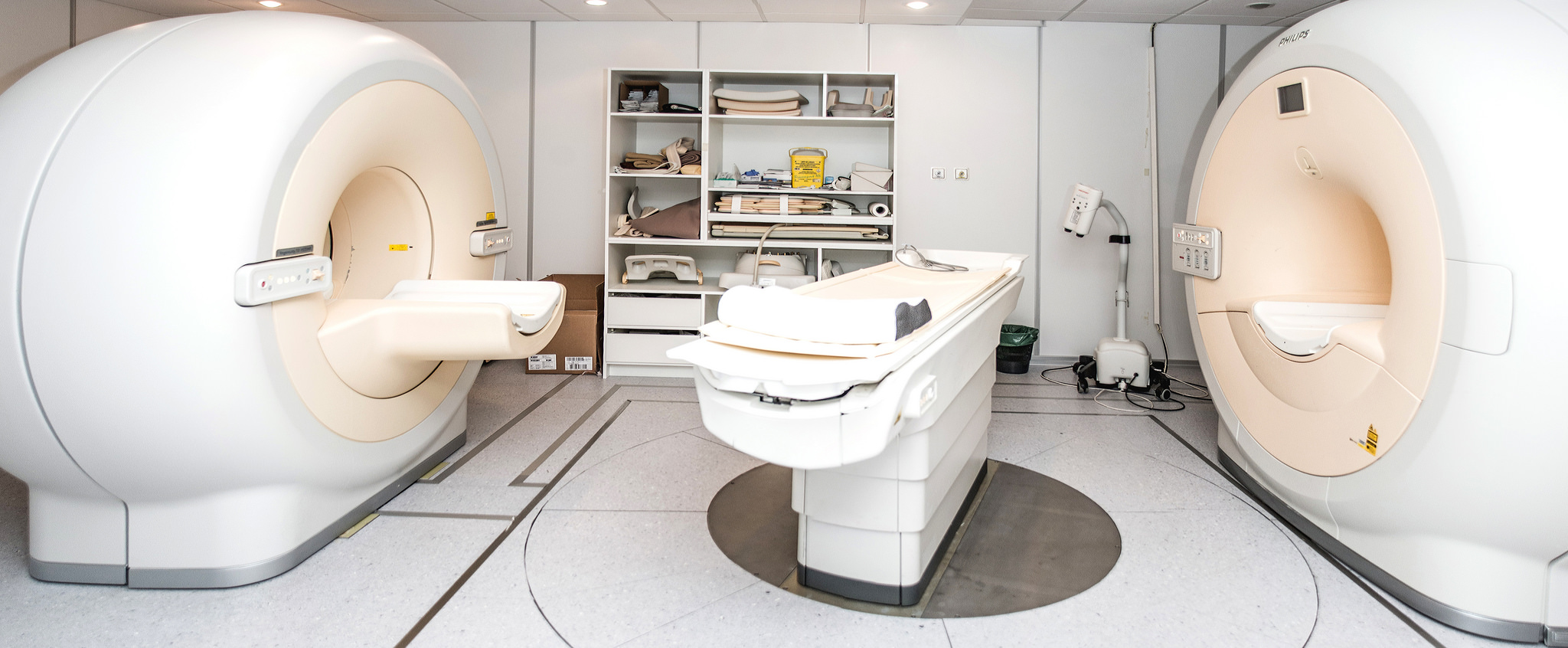First call for proposals to access the ReDIB Singular Scientific-Technological Infrastructure (SSTI)
ReDIB is composed of two nodes, located at the Centro Nacional de Investigaciones Cardiovasculares Carlos III (CNIC) in Madrid and the Centro de Investigación Cooperativa en Biomateriales (CIC biomaGUNE) in San Sebastián
The deadline for applications to access the ReDIB Singular Scientific-Technological Infrastructure (SSTI) is 30 September. The equipment available in the ReDIB SSTI, one of few such facilities in Europe, constitutes a uniquely powerful diagnosis tool in molecular and functional imaging, as well as in advanced and high-throughput imaging.
ReDIB is composed of two nodes, located at the Centro Nacional de Investigaciones Cardiovasculares Carlos III (CNIC) in Madrid and the Centro de Investigación Cooperativa en Biomateriales (CIC biomaGUNE) in San Sebastián. These two centers signed a collaboration agreement in October 2015 to integrate their scientific and technological capacities and imaging equipment. The aim of the agreement is to establish ReDIB as an international leader in biomedical imaging.
The open-ended agreement seeks to offer the scientific and industrial communities a unique infrastructure in biomedical imaging, create synergies between the two centers through joint projects, increase competitiveness in accessing research funding, and promote exchanges among researchers for the development of outstanding scientific training programs.
The equipment available at these centers constitutes a uniquely powerful diagnosis tool in molecular and functional imaging, as well as in advanced and high-throughput imaging
The CNIC, a Severo Ochoa center of research excellence since 2011, is directed by renowned cardiologist Valentín Fuster, a world leader in cardiovascular research and a pioneer in the use of imaging in cardiovascular applications. Dr. Fuster, whose multiple awards include the 1996 Príncipe de Asturias prize for scientific and technical research, has directed the CNIC since 2006. From the outset, he has shown unwavering commitment to the use of imaging technology as a basic tool for understanding cardiovascular processes and diseases.
The CNIC houses the Advanced Translational Imaging Hub (ATIH), which includes the following units:
- Molecular and Functional Imaging Unit: Services in optical and fluorescence microscopy.
- Advanced Imaging Unit: MRI, CT, PET, MRI/PET, ultrasound and optical imaging (2/3D fluorescence and luminescence).
- Nanotechnology, Organic Chemistry, and Radiochemistry Laboratory: preclinical and clinical arenas.
- High-throughput Imaging Unit: flow cytometry, high-content screening.
BiomaGUNE
The Plataforma de Imagen Molecular y Funcional (Molecular and Functional Imaging Platform) is located in the CIC biomaGUNE in San Sebastián. Its equipment includes a cyclotron, a radiochemistry laboratory equipped with synthesis modules and quality-control apparatus, scanners for PET-CT, SPECT-CT, and high-field-strength MRI (11.7 and 7 Tesla), a fluorescence imaging suite, and a small-rodent animal facility.
The Platform has been designed, built, and equipped for longitudinal and multimode preclinical research projects and for the development of applications in preclinical molecular and functional imaging and nanomedicine.
BiomaGUNE is directed by Luis Liz Marzán, an international leader in colloidal and nanoplasma chemistry and a recent recipient of the Jaime I Basic Research prize. The Platform’s preclinical imaging capacity has formed part of the Spanish national SSTI since 2011.
Access to ReDIB is regulated through an open competitive process secured by independent and transparent evaluation. Projects are accepted on the basis of scientific and technical quality and feasibility, depending on the time available for each of the services offered. Projects are evaluated according to the following parameters:
• Scientific quality and interest of the proposal (30%).
• Feasibility (30%).
• Industrial or translational research (20%).
• Applicant study plan (20%).
Projects or parts thereof currently funded through competitive grants programs may be assumed to be of sufficient scientific quality by the Access Committee.
To obtain more detailed information about the call and the installations on offer, please visit http://www.redib.net or send an email to info![]() redib.net .
redib.net .











